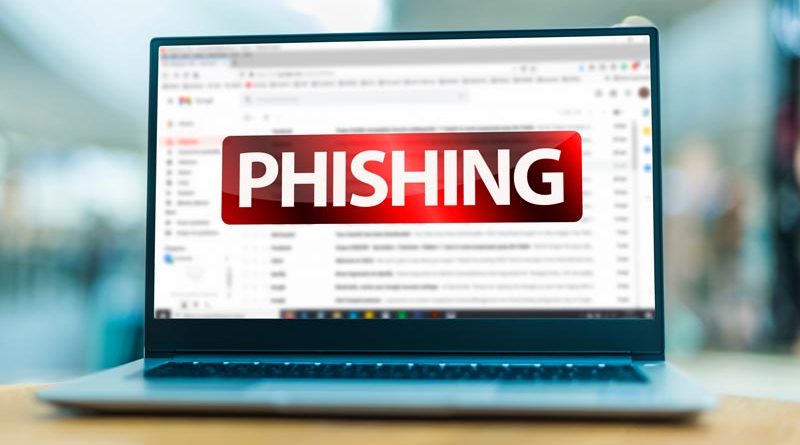What are Phishing Attacks Attempting to Accomplish?
Phishing attacks have skyrocketed just in the past year, and it’s costing organizations millions of dollars.
According to a biannual threat report by Acronis, email-based phishing attacks are up 464% during the first half of 2023 compared to the same time frame in 2022.
A large part of that spike can be attributed to generative AI programs, like ChatGPT and Bing Chat. These programs take the busy work out of crafting fake emails, and they are sometimes better than humans at making them appear more legitimate.
So what’s the ultimate goal of a phishing attack?
Attackers tend to target large organizations for political reasons, while they target small and medium-sized businesses for monetary reasons.
Generally speaking, money is the clear-cut No. 1 motivator, and bad actors use data theft, distributing malware or compromising a network to get that money. While the goal is generally the same, the tactics and targets involved can vary. Attackers also use social engineering methods where they pretend to be a company’s vendor or employee and trick others into sending money to the wrong account.
What are the Types of Phishing Attacks?
Spear Phishing: This type of phishing attack targets a specific individual or organization hoping to steal financial data or gain access to a business account.
Vishing: Short for “voice phishing,” this attack is when someone uses the phone to try to steal information. The attacker may pretend to be a trusted friend or relative, sometimes using generative AI to match that person’s voice.
Email Phishing: In an email phishing scam, the attacker sends an email that looks legitimate, designed to trick the recipient into entering information in reply or on a site that the hacker can use to steal or sell. These are usually sent in bulk and distributed to a wide range of people, as opposed to spear phishing, which is specifically targeted.
HTTPS Phishing: An HTTPS phishing attack is carried out by sending the victim an email with a link to a fake website. The site can be used to fool the victim into entering their private information or login credentials.
Pharming: In a pharming attack, malicious code is installed on the victim’s device. This code then sends the victim to a fake website designed to gather their login credentials. Unlike HTTPS phishing attacks, pharming attacks don’t require the attacker to interact directly with the victim; they just need to gain unauthorized access to a system.
“Remember, the ultimate goal of phishing attacks is to steal money, sensitive data like login credentials, credit card numbers and other personal information to sell to the highest bidder or to make fraudulent purchases.”
Pop-up Phishing: Pop-up phishing often uses a fake pop-up about a problem with your computer’s security or some other issue to trick you into clicking.
Whaling: This is a type of spear phishing attack that specifically targets senior executives within an organization. They are more sophisticated than normal phishing emails by containing personal information about the individual. Whaling attacks generally ask victims to initiate money transfers.
Smishing: This is a type of phishing attack where the attacker uses SMS messages to trick victims into giving up sensitive information.
Clone Phishing: In this type of attack, a legitimate and previously delivered email containing an attachment or link has its content and recipient addresses taken and used to create an almost identical or cloned email.
Remember, the ultimate goal of phishing attacks is to steal money, sensitive data like login credentials, credit card numbers and other personal information to sell to the highest bidder or to make fraudulent purchases.
Be careful about links you click in emails from senders you do not recognize. Doing so could cause great harm to you and your organization.
West Michigan IT Services
Looking to protect your company from cybersecurity threats? Contact us here to learn how we can help secure your sensitive data.











